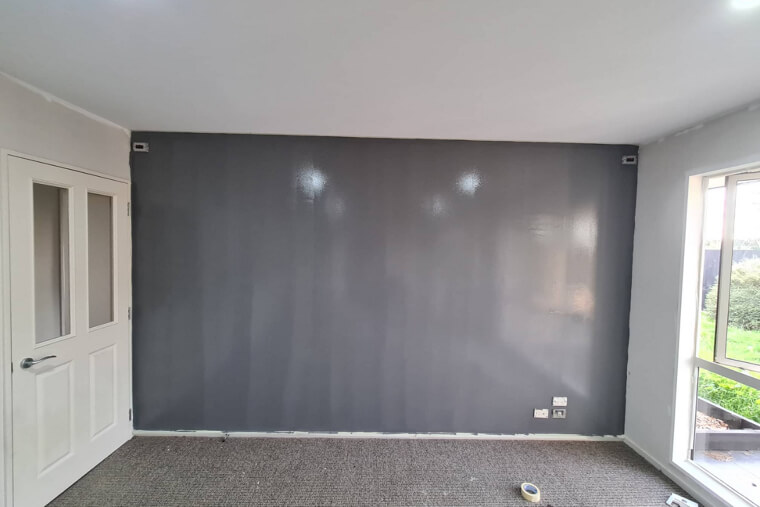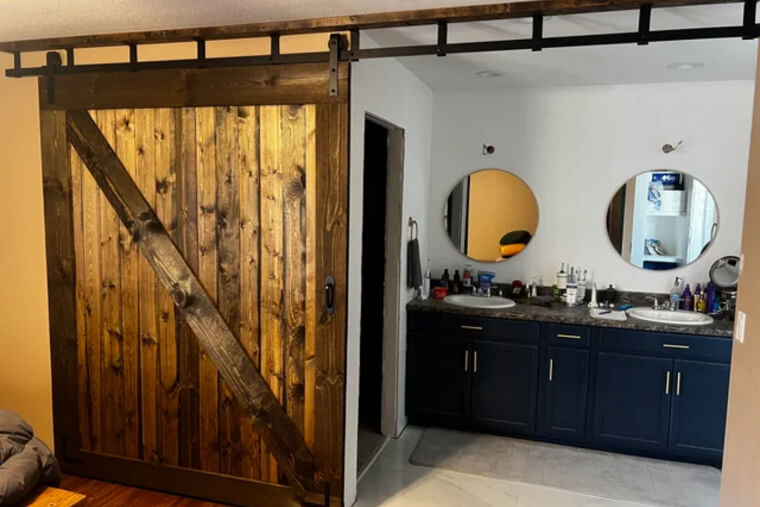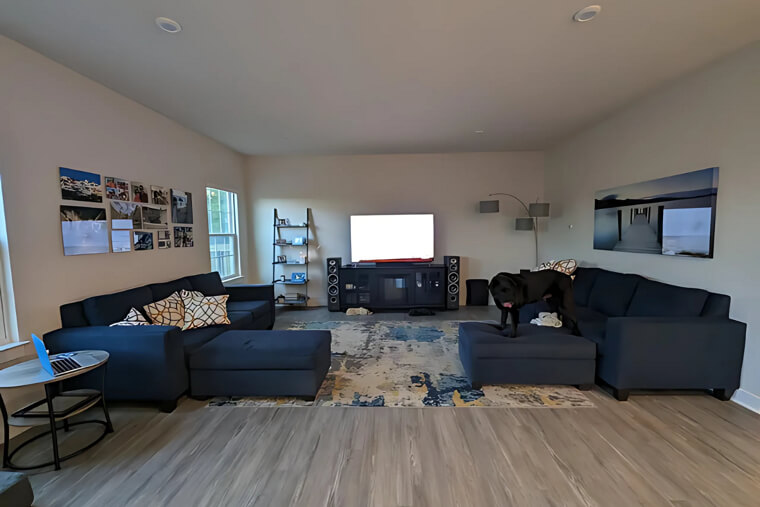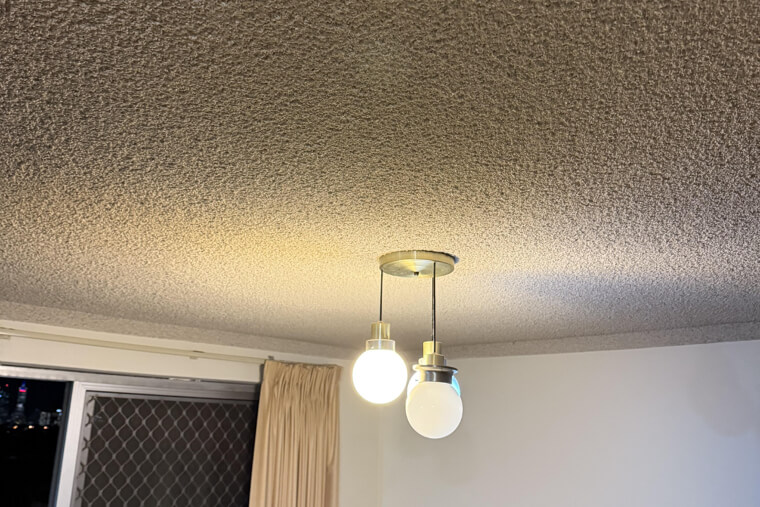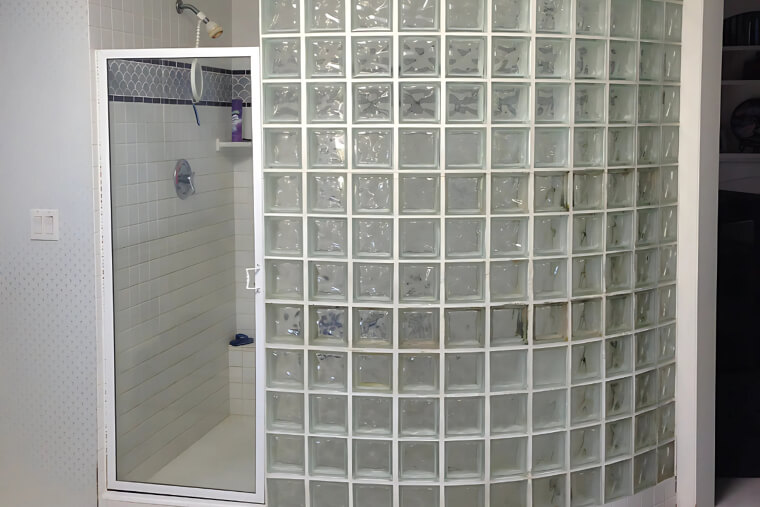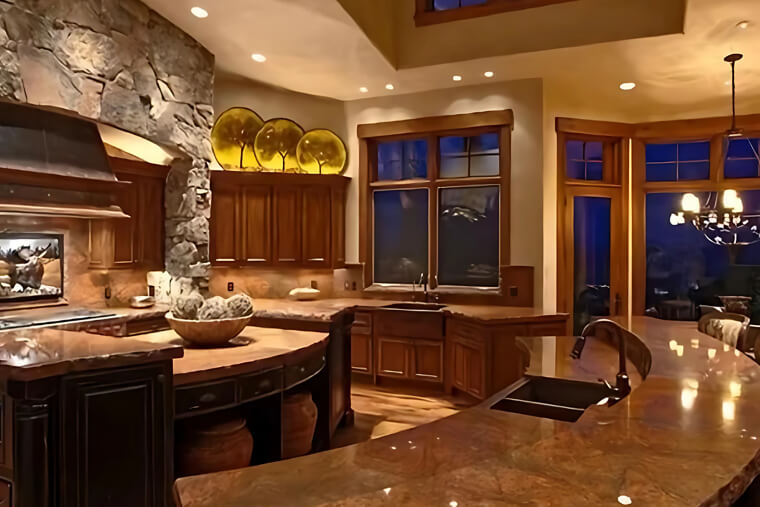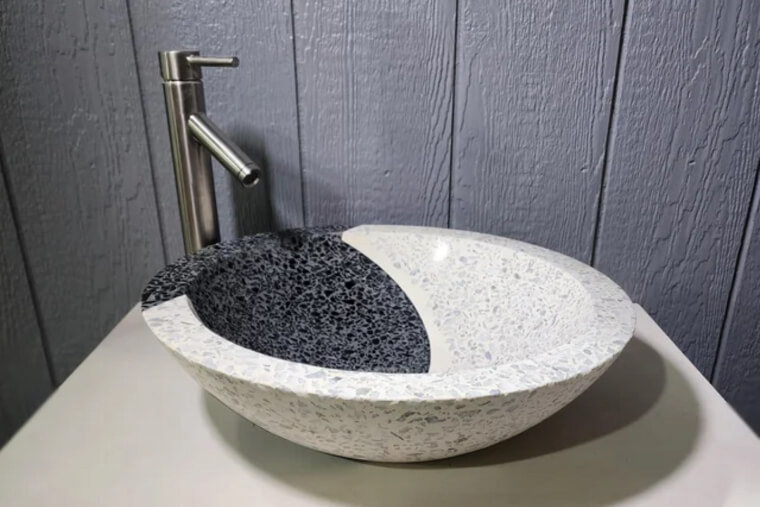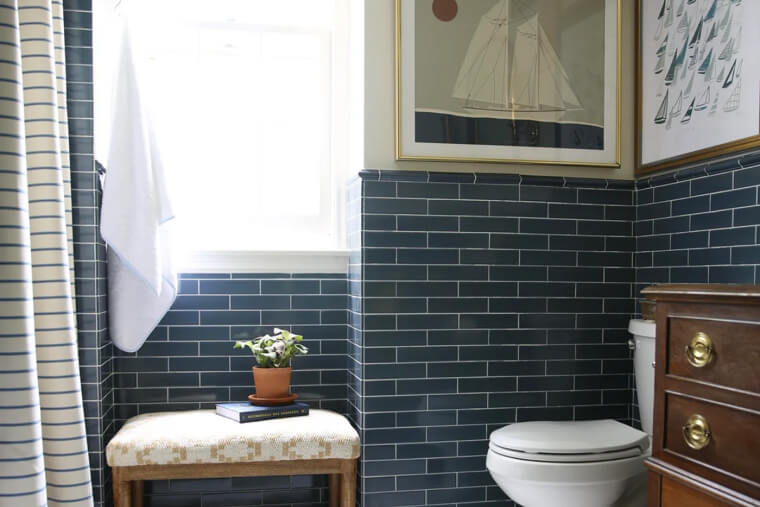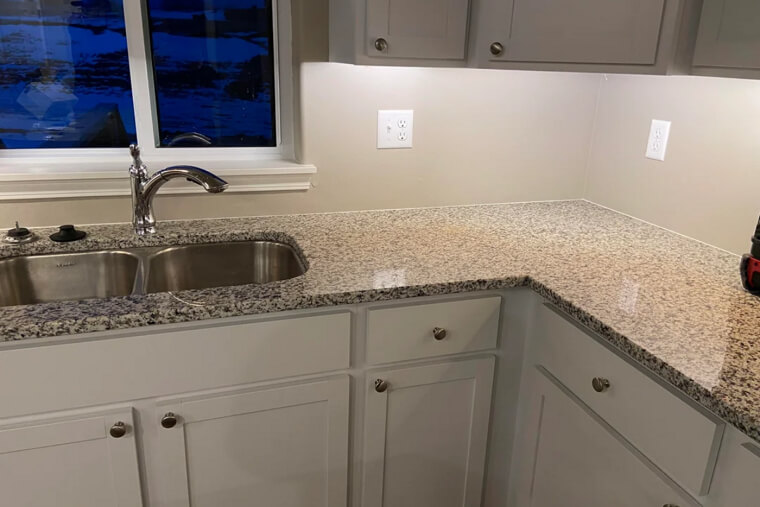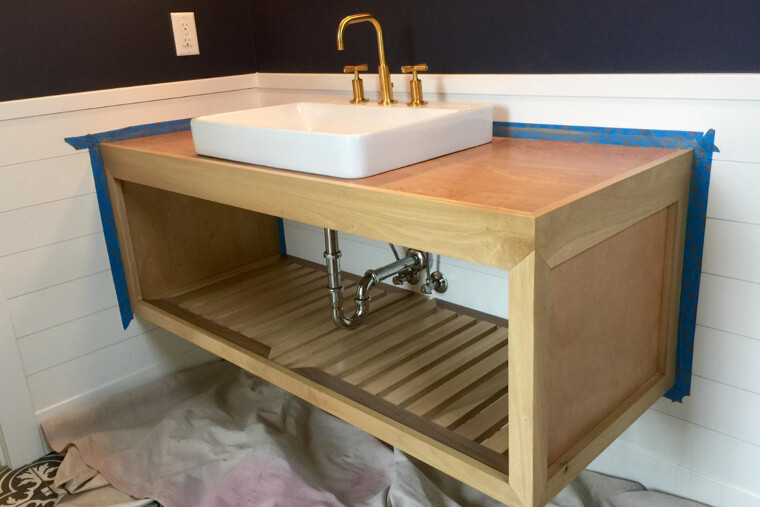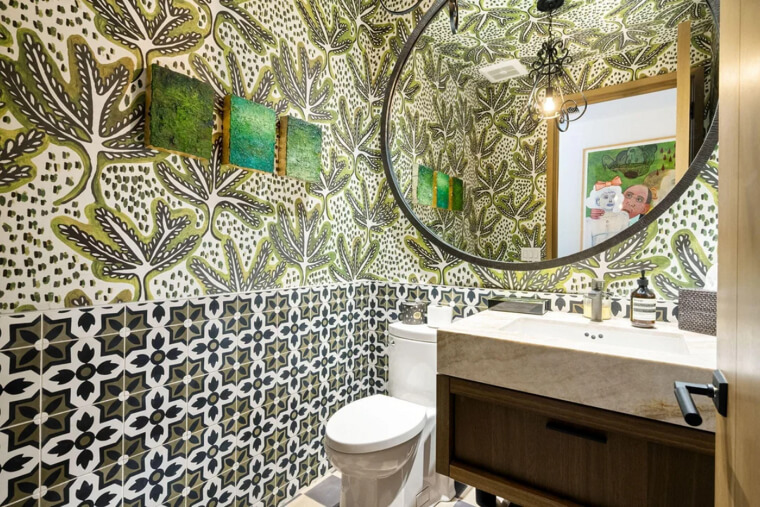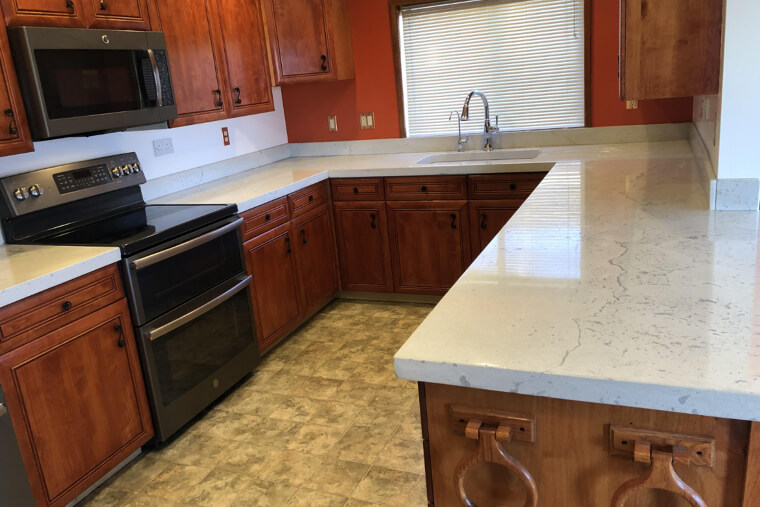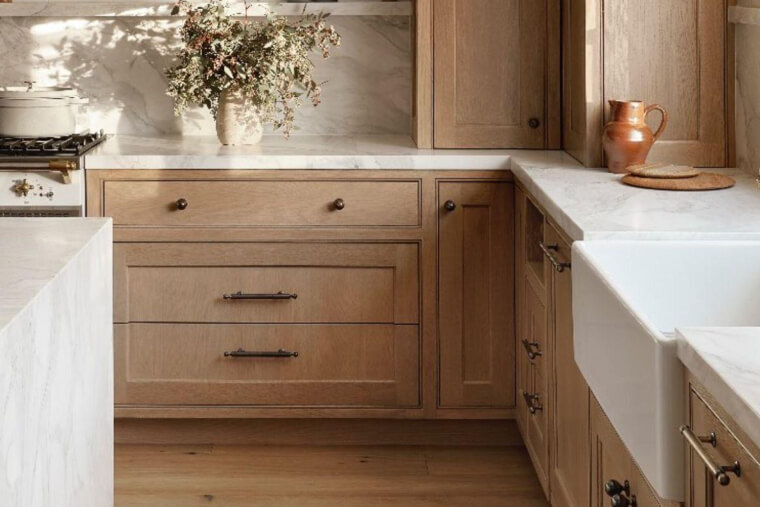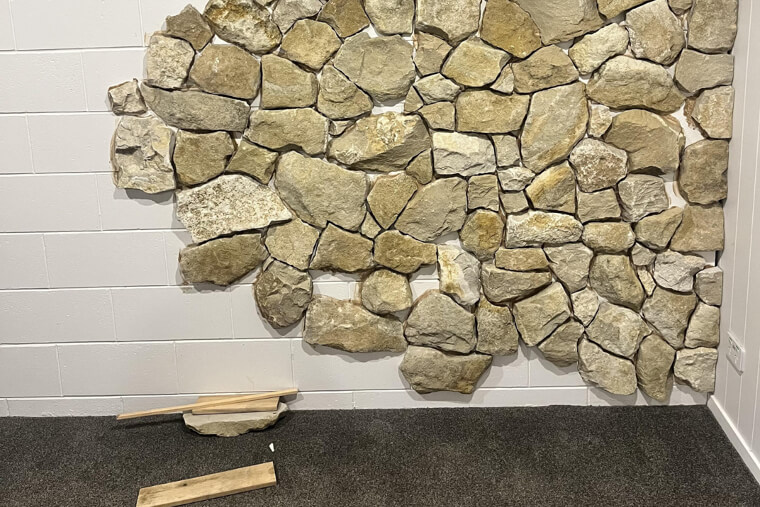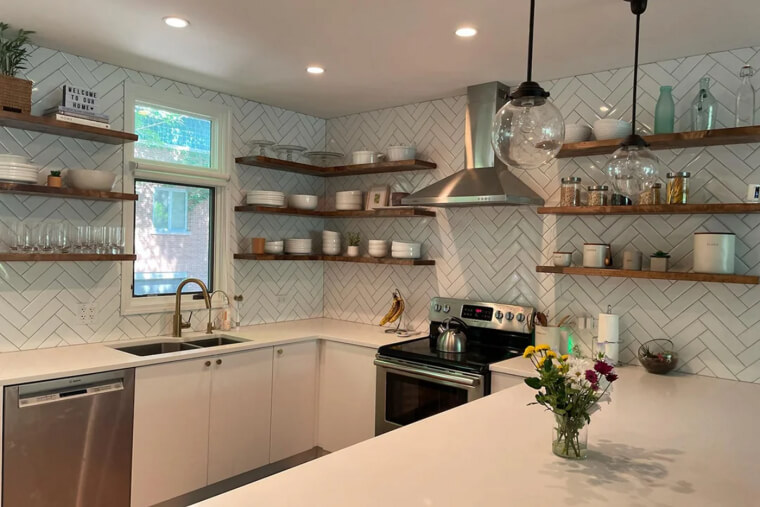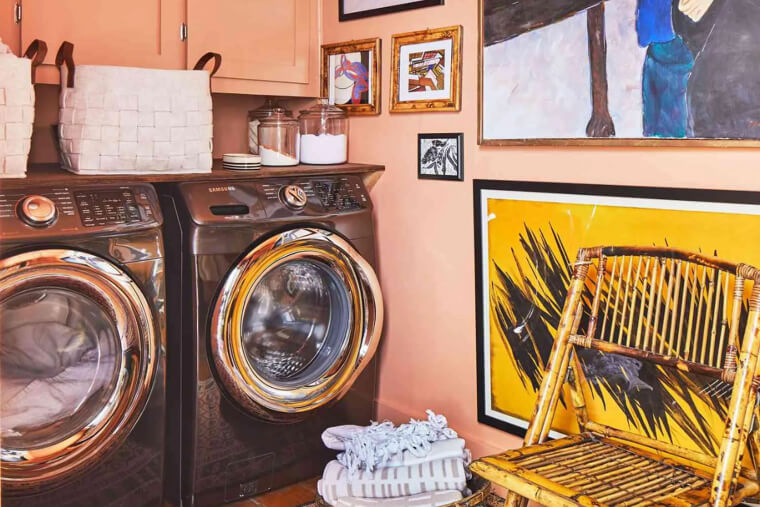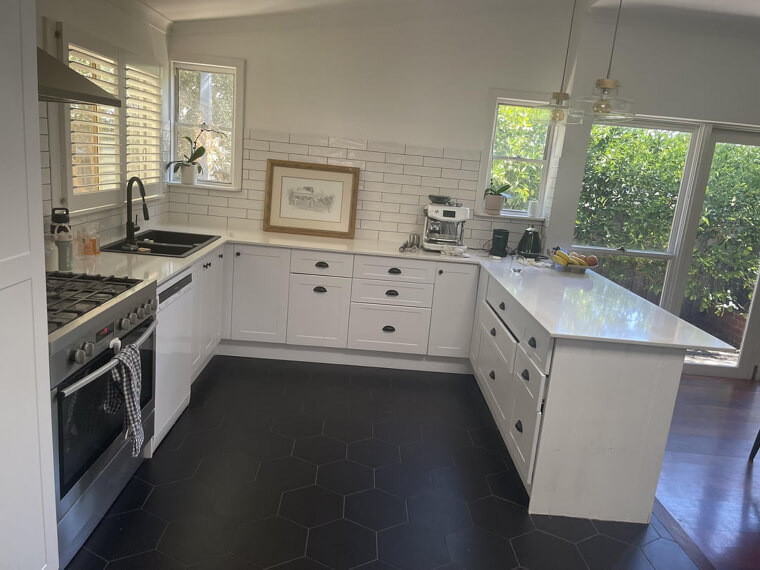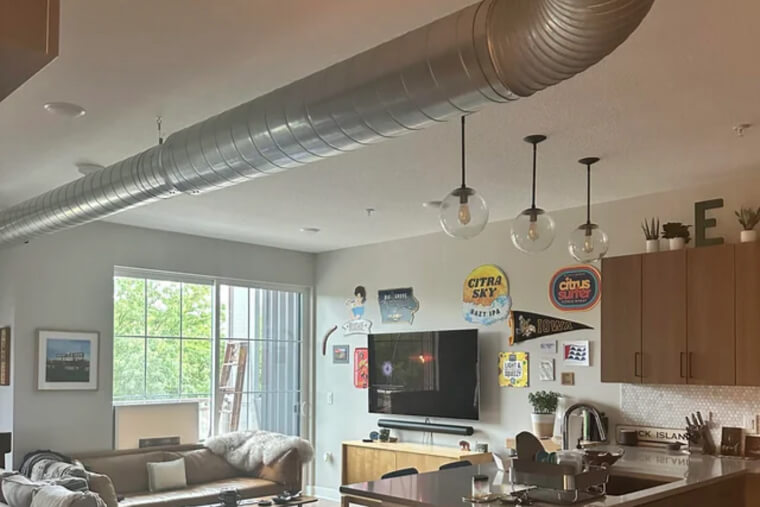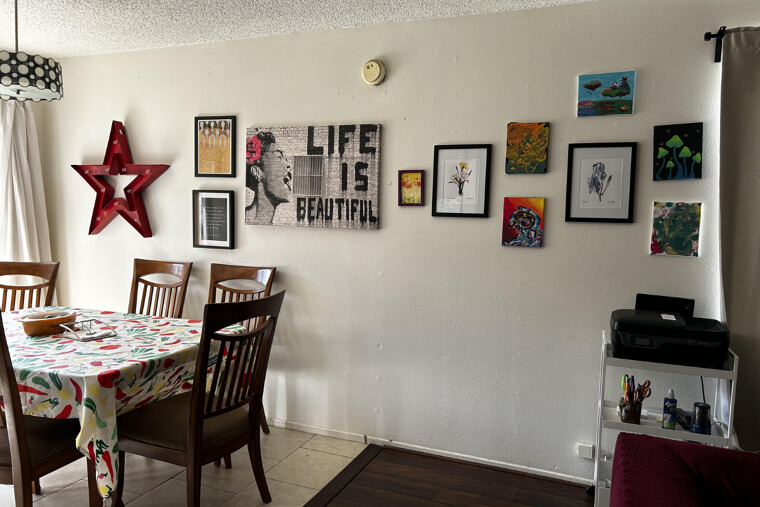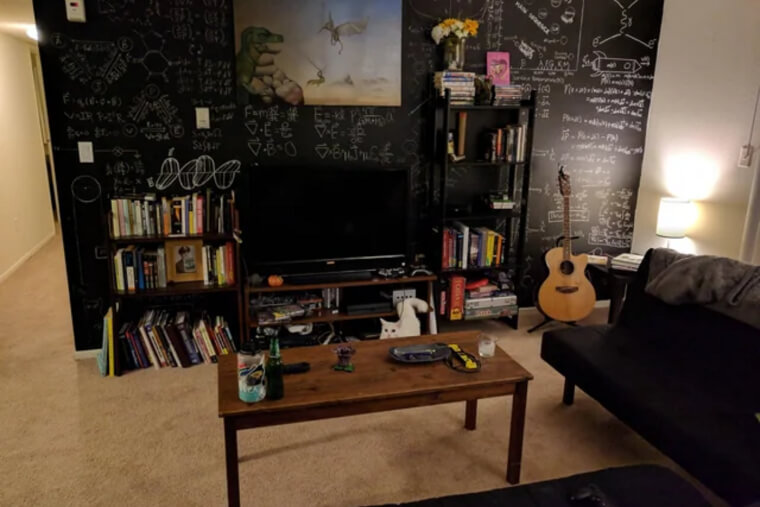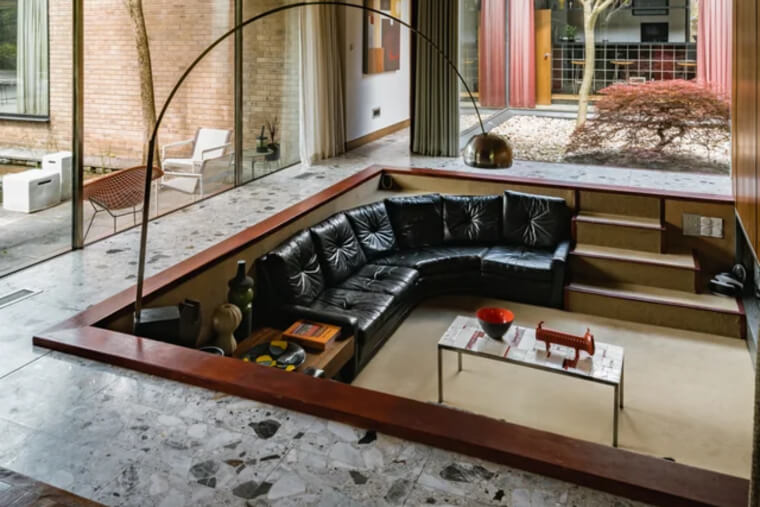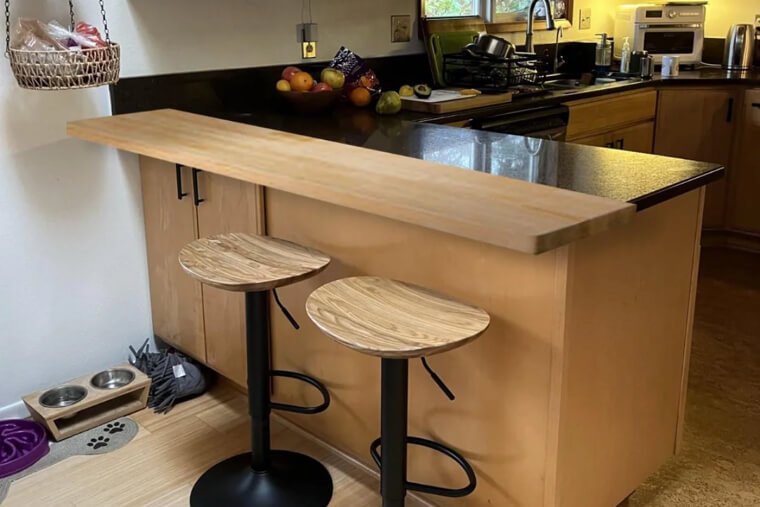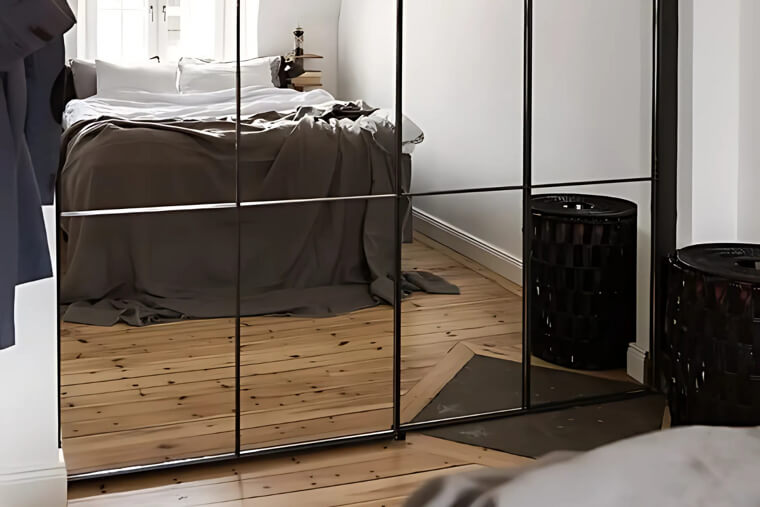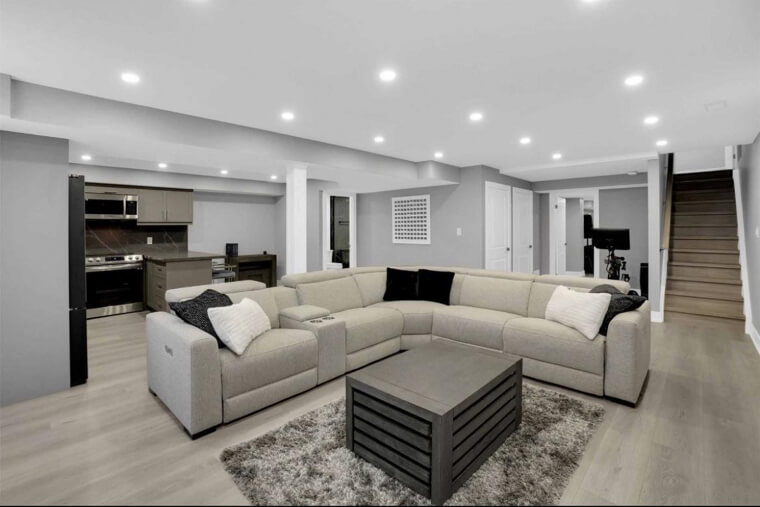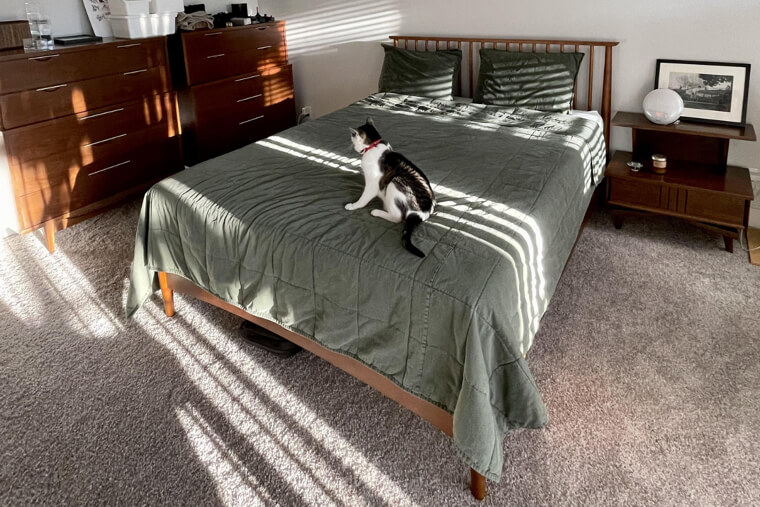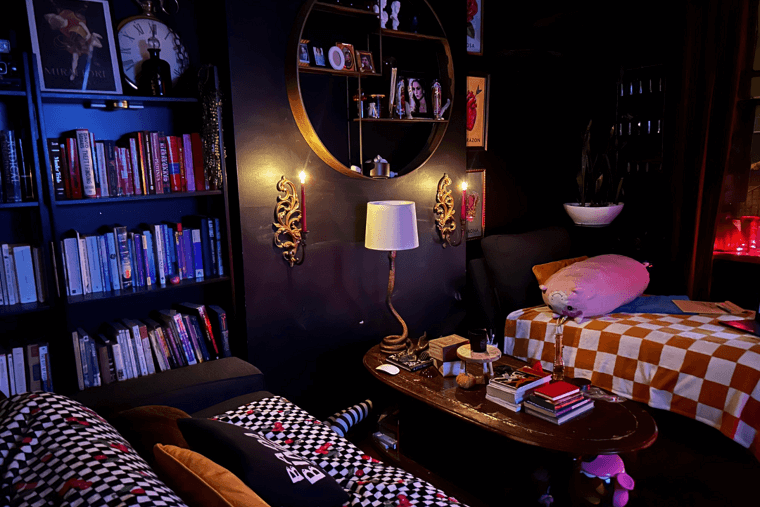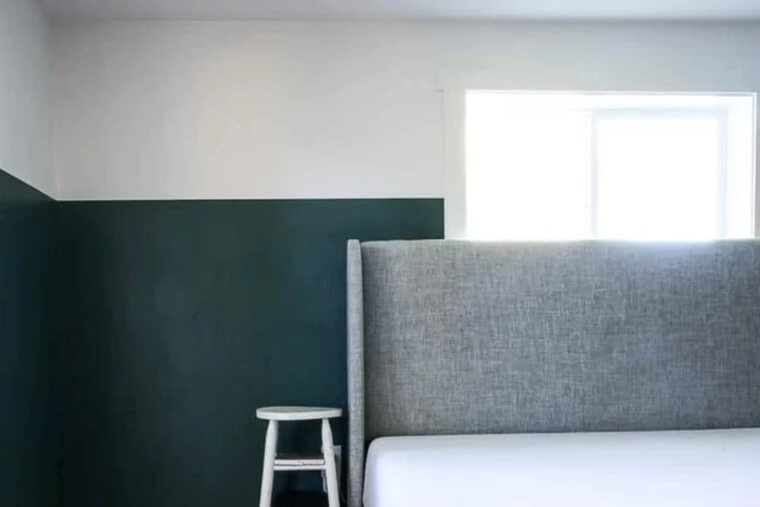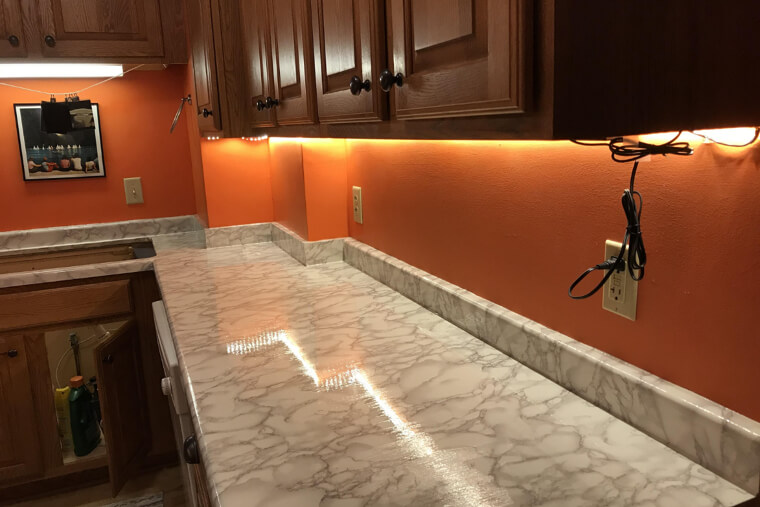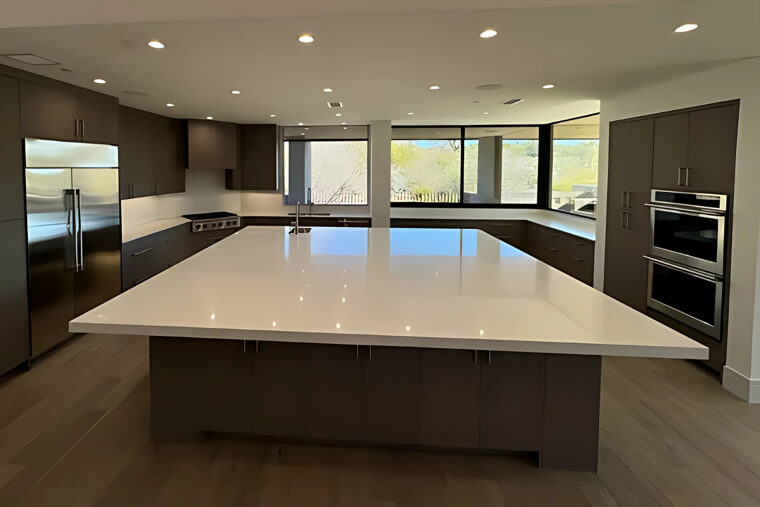Your Home Shouldn’t Be “trendy”
While having a modern home with comfortable, expensive amenities is ideal, always make sure you’re not following “trends” when it comes to interior decorating. Trends come and go, but personal style remains. Here are a few home renovation “trends” that people now regret.
All-Gray Interiors
“Millennial Gray” was a raging trend back in 2013. It was seen as a sleek, modern, minimal colour that could make any space look refined. As gray flooded homes and offices, however, the downsides of the millennial gray trend were exposed. These supposedly sleek walls actually drained the room of warmth, making it feel sterile.
Barn Doors Indoors
While these bulky doors are functional in a barn, in a suburban home, they’re just out of place. They look awkward, don’t shut fully, and can’t provide proper sound insulation, making them another regrettable relic of the 2010s.
Open Concept Living
Over the 200s and 2010s, ‘open concept’ wasn’t just a floor plan; it was a lifestyle. From offices to homes, builders rushed to make everything open concept. Only after living in such spaces for a decade have we realised that such floor plans can be loud, chaotic, and deprive privacy.
Popcorn Ceilings
In the 70s, these ceilings were everywhere, and they went well with the creatively messy vibe of the decade. Over the years, however, we’ve come to realise that most of such ceilings contain asbestos, making them a health hazard. Now, a popcorn ceiling is not an artsy statement, but a health safety inspection waiting to happen.
Glass Block Walls
Initially, these blocks were created to provide privacy while still letting natural light enter a room. It became a staple of office architecture in the 90s. They are yet another building trend that can instantly make your home feel dated.
Faux Tuscan Kitchens
Heavy cabinetry, dark granite, and moody lighting were the building blocks of Tuscan-style kitchens in the 2000s. They were so popular that they became synonymous with suburban American homes. Looking back, we can see that such a style made the room look small, overdone, and gloomy.
Vessel Sinks
While their raised design made them look elegant in any bathroom, vessel sinks slowly fell out of favour because they splashed easily, took up a lot of counter space, and were difficult to clean around. Today, they’re just another sign pointing to an early 2010s build.
Overly Themed Rooms
When you’re planning the decor of a house, having themed rooms may seem like a fun idea to change up the layout. From nautical bathrooms to Parisian bedrooms, they can provide a sense of levity in the design. However, they also reduce resale value, reduce versatility in room planning, and can sometimes come across as juvenile.
Overdone Accent Walls
While a pop of color can liven up a house, an uncoordinated explosion of color can make it look shabby. Accent walls are powerful when styled correctly, but most of the time, they end up looking jarring, unfinished, and out of place.
Heavy Granite Countertops With Busy Veining
Heavy, marbled granite was once the sign of a luxury kitchen. People spent thousands of dollars installing them in kitchens across America. Today, as quartz and other lighter materials have taken their place, veined granite only ends up making spaces look goolmy and outdated.
Floating Vanities With No Storage
Another symptom of the millennial obsession with minimalism, floating vanities, while sleek, offer little in the way of practical storage solutions. There’s no use having a sleek-looking vanity if it’s going to be cluttered with makeup products half the time.
Overly Patterned Tiles
While bold, patterned, and printed tiles can be visually striking, they can also overwhelm any room they are put in. Their busy design also means that if they crack or are otherwise damaged, it is harder to replace them. All of this makes bold-patterned tiles a major regret for many homeowners.
Carpeted Bathrooms
The person who made the first carpeted bathroom deserves to be punished. Carpets (which are hard to maintain in the best of circumstances) are an absolute hygiene nightmare in bathrooms. They can trap moisture, smell musty, and become a home for every type of bacteria and mold imaginable.
Concrete Countertops
Concrete countertops were an integral part of the “industrial chic” aesthetic that was popular in many alternative urban communities. Their biggest problem turned out to be that they were prone to chipping and required consistent maintenance, making them unsuitable for most private homes.
Copper Finishes
There was a time when copper finishes (like handles and doorknobs) were the epitome of taste and luxury. In the 70s and 80s, they were everywhere. However, over time, these finishes oxidised and turned green, giving them a dilapidated look. Now, bronze, steel, or other alloys are more preferred for such use.
Faux Stone Panels
The cheap, obviously fake stick-on stone panels were an easy way to spice up your home, especially if you were a renter. And while it made sense to use them from a budget point of view, they were a chore to maintain, causing them to eventually fall out of favour.
Jetted Tubs
Most people install these, thinking they’ll get to experience a jacuzzi every night. In reality, the novelty of such tubs wears off after a few weeks, and you’re left with a bulky, unsustainable, rarely used mass in the corner of your bathroom. If you do like an occasional soak, a normal bathtub works just as well.
Open Shelving in Kitchens
Looking back, we should have known that leaving your pots, pans, plates, and cookware on dusty-collecting shelves might not be the best idea. While this looked good in catalogues, open shelving in kitchens turned out to be quite impractical in real life.
Overdecorated Laundry Rooms
The usually hidden-away, discrete laundry rooms are mostly only meant for the family to see. And while they shouldn’t be shabby, overly done-up laundry rooms with chandeliers, wallpapers, giant wall frames, and quirky themed signs are uneconomical and impractical.
All-White Kitchens
Another part of the general minimalist trend, all-white kitchens were meant to be sleek and ultra-modern. In reality, they seemed as sterile as a hospital room, and made kitchens look dreary. Today, most people with all-white kitchens have replaced them with something more warm and inviting.
Industrial Exposed Ducts and Piping
Exposed pipes and ducts became a popular trend in the 2010s as “industrial chic” apartments gained popularity. While this kind of aesthetic seemed fitting in industrial lofts, for most suburban homes, exposed ducts end up looking out of place and unfinished.
Wall Decals and Vinyl Quotes
The “Live. Laugh. Love” posters were a staple of any home in the 2010s. Considered the peak of millennial decor for their innate quirkiness, such cliché quotes and mass-produced decals now only feel somewhat cringe-inducing. They end up making your bedroom look less like a home and more like the set of a YouTube video.
Chalkboard Walls
Adding a chalkboard wall was once seen as a fun way to foster fun and creativity; however, once these were actually installed, we realised what a nightmare they were to maintain. From constant smudges to dust collection and messiness, these boards were more than what most people bargained for.
Sunken Living Room “Conversation Pits”
These were popular at the turn of the 60s because they seemed to provide a space for deep, meaningful conversations and discussions, but their downsides were worse than what people imagined. These sunken pits were a massive fall risk, causing them to be eventually phased out.
Raised Breakfast Bars
The worst part about these breakfast bars is that more often than not, they’re pretty redundant. Why would someone want to sit in an uncomfortable high chair when the dining table is just a few more steps away? These two-tier bars started to fall out of favour after the 2000s.
Mirrored Closet Doors
Mirrored closet doors were usually added to smaller rooms to make them feel bigger than they are. Visually, they made rooms feel deeper and more spacious. However, like many others on the list, this project was often hard to maintain. The mirrors could scratch and smudge easily, and sometimes even cracked.
Overuse of Recessed Lighting
A well-lit room can make any space feel welcoming; an over-lit room feels sterile. While recessed lights are great for lighting up dark corners, using them willy-nilly, especially in open spaces, can create a jarring effect.
Wall-To-Wall Carpeting in Bedrooms
Overly Dark Interiors
While dark rooms can initially feel luxurious in the right lighting, over time, as you begin to actually LIVE in the space, it starts feeling oppressive. They make the room look small and dingy, creating a foreboding feeling house.
Two-Tone Painted Rooms
There is an elegant way to go about painting your home in dual tones. Sadly, most two-tone rooms end up looking fussy rather than playful. Like excessive wallpapering, if not done right, dual-tone rooms can end up feeling overly busy and fussy.
Faux Finishes (Marble, Wood, Brick)
Using an adhesive foam sheet of faux marbling, wood, brick, and stone to create a luxurious feeling room is understandable if you’re a renter. Adding them to a home you own—your dream home—makes it look cheap. These sheets are also not a great option long-term because they can rip or lose their adhesiveness.
Under-Cabinet Lighting With Visible Wires
Fancy, sometimes motion-activated under-cabinet lights were once seen as the pinnacle of modern kitchen design. Today, while under-cabinet lights are still a staple in many homes, they are mostly LED strips and not wired-in lights. In fact, lights with exposed wiring make kitchens look unfinished.
Overly Rustic or Distressed Finishes
In the 2000s, we loved distressed everything. From jeans to curtains to hardware, distressing was everywhere. As time wore on, though, distressed furniture only ended up looking shabby, bringing an end to this trend.
Oversized Kitchen Islands
Ginormous kitchen islands have become synonymous with the modern McMansion. While these islands are aesthetically attractive, they impede the flow of the room, waste space, and make the kitchen harder to clean.


